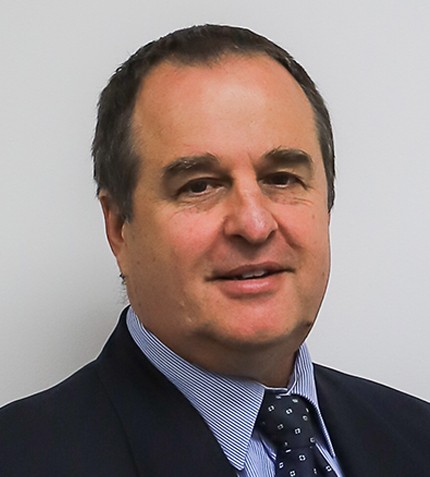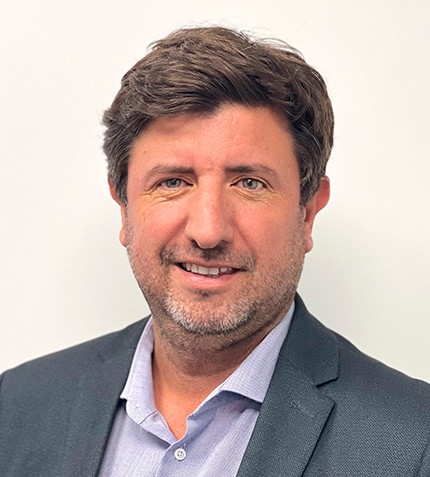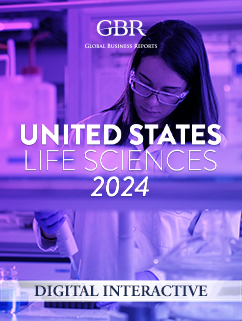
Our strategic focus has steadfastly revolved around graphite, with a vision to become a fully integrated player in the global graphite supply chain.
Tom Revy
MANAGING DIRECTOR, EVION GROUP
Can you introduce Evion Group and the firm’s vision?
In January 2018, we made our debut on the Australian Securities Exchange (ASX). At that time, our primary assets were the Maniry graphite project and Ianapera, both early-stage exploration sites situated in the southern region of Madagascar, approximately 60 km apart. Our strategic focus has steadfastly revolved around graphite, with a vision to become a fully integrated player in the global graphite supply chain. The bedrock of our mission has always been to create sustainable value for our shareholders, emphasizing responsible cash flow generation. In alignment with our goals, we anticipate the finalization of the necessary government consents, permits and licenses, which sets the stage for commencing construction in 2024.
What specific geological factors make Maniry so appealing?
The key geological factor at play is associated with a particular type of geology known as sediment-hosted feldspar. These sediments have formed around massive labradorite intrusions over time, and these intrusions are further enriched by secondary intrusions of granite in select areas, which augment the graphite grade. Our exploration efforts have been exhaustive, including a comprehensive analysis of the resource and reserves. We conducted 100% diamond drilling and performed a full X-ray fluorescence (XRF) analysis on 42 different elements for every 2-meter sample. This meticulous approach allowed us to gain a profound understanding of material variation along the strike and at different depths. In addition to XRF, we have employed X-ray diffraction (XRD) to grasp the variation in mineralogy. But we did not stop there. To delve into the behavior of minerals from the weathered surface zone to greater depths, we conducted optical petrographics.
Could you explain how your company engages with local communities in Southern Madagascar?
Madagascar is one of the poorest countries globally, and we are operating in one of its most impoverished regions. The local communities rely heavily on subsistence farming, but the area has faced a significant lack of rainfall over the past few years. To support the local people, we have been providing them with food parcels, distributing one-ton parcels to the five villages in the area regularly.
In addition to this, we have constructed a new school for about 100 children. We have made conscious efforts to involve the local community in the development of our project by hiring them for various roles, including drilling assistance, cooking, cleaning, and training them for core cutting, among other tasks. We are committed to addressing environmental, social, and community issues and ensuring that the local communities are actively involved in our project's development.
What are the benefits of your integrated graphite model?
This integrated approach, from exploration to downstream processing, has become increasingly crucial in today's market given its ability to navigate the complexities of capital markets effectively. The minerals in the ground dictate the products we can create, which means we can't simply change a product's characteristics during downstream processing.
This integrated approach isn't limited to graphite; other companies in various commodities are also exploring similar models. For example, we've seen companies like Ionic Rare Earths considering processing facilities in Europe, despite their projects being in Africa. This model provides diversification and counters the dominance of a single market player. In the case of graphite, China's control over the global market, particularly in the lithium-ion battery industry, is a concern. By offering geographic diversity and a reliable supply chain, we contribute to reducing geopolitical risk, which is vital for the evolving energy landscape.
What is graphite’s role in a successful green transition?
We are foreseeing a material deficit soon, primarily around 2026. This projection is in line with the current modest deficit in graphite supply, but it's expected to grow substantially, outpacing even the deficit in lithium supply. What's noteworthy is that the anticipated shortage of graphite is likely to manifest more quickly than in other critical commodities like lithium. This downturn is projected to occur approximately 18 months after the expected graphite deficit. This underscores the increasing significance of graphite in the transition towards greener energy solutions, necessitating additional sources to meet rising demand. Prices of natural graphite used in batteries could see significant increases, with only a minor impact on the overall cost of lithium-ion batteries. Graphite, often regarded as an overlooked resource, plays a pivotal role in the shift towards sustainable energy solutions, reducing dependence on a single market.











